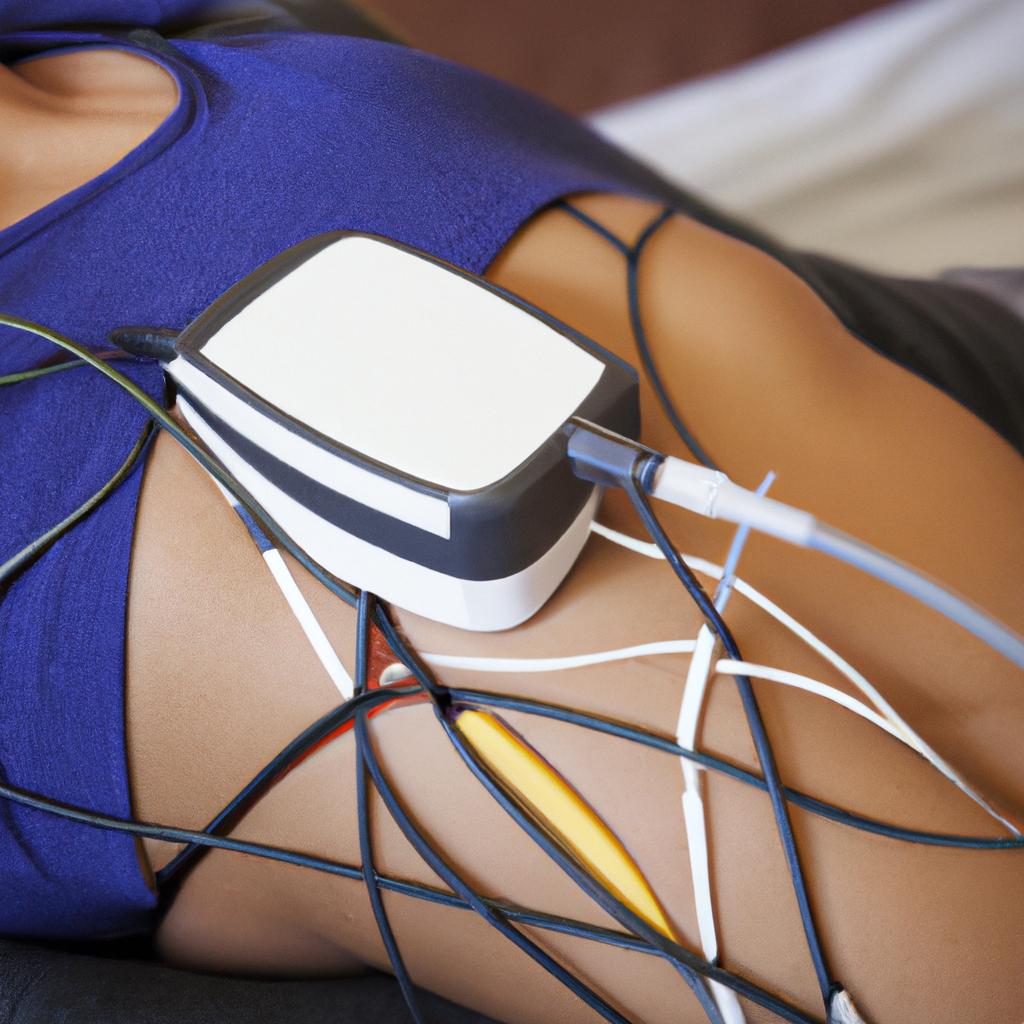**”The Benefits of Electrical Muscle Stimulation for Post-Workout Recovery: How EMS Aids in Muscle Repair and Reduces Soreness”**
The Benefits of Electrical Muscle Stimulation for Post-Workout Recovery
Athletes and fitness enthusiasts seek new recovery methods. Electrical Muscle Stimulation (EMS) has gained popularity among them. This technology offers benefits for muscle repair and soreness reduction after intense workouts. This blog post explores how EMS aids recovery and why you might incorporate it into your routine.
Understanding Electrical Muscle Stimulation
EMS uses electrical impulses to stimulate muscle contractions. These impulses mimic the signals your brain sends to your muscles. EMS activates muscles that may not fully engage during traditional workouts. Athletes and rehabilitation professionals increasingly adopt this technology.
How EMS Works
EMS devices deliver controlled electrical signals through electrodes on your skin. These signals cause muscle fibers to contract. This contraction promotes blood flow and enhances recovery. Additionally, stimulation can target specific muscle groups for tailored recovery sessions.
Ideal Timing for EMS Application
Timing matters for maximizing EMS benefits. Use EMS shortly after your workout to kickstart recovery. You can also use it the day after a strenuous session to alleviate muscle soreness. Regular use during training can improve overall muscle performance.
Nutrition Tips for Enhanced Recovery
Nutrition plays a critical role in muscle recovery. Pair EMS with proper nutrition to optimize your results. Focus on a balanced diet rich in protein, carbohydrates, and healthy fats.
Protein Intake
Protein supports muscle repair and growth. Aim for 20-30 grams of high-quality protein within 30 minutes post-workout. Sources include chicken, fish, and plant-based proteins. Incorporating protein shakes or bars can be beneficial.
Hydration
Staying hydrated is crucial for recovery. Water transports nutrients to your muscles and flushes out toxins. Aim for 8-10 glasses of water daily and increase intake during intense training.
Antioxidants and Micronutrients
Antioxidants reduce inflammation and muscle soreness. Foods rich in vitamins C and E, such as berries and nuts, support recovery. Minerals like magnesium and potassium also play vital roles in muscle function. Include colorful fruits and vegetables in your meals.
Exercise Advice for Optimal Recovery
While EMS provides excellent recovery benefits, proper exercise practices matter too. Balanced workouts significantly contribute to muscle repair.
Include Active Recovery Days
Active recovery involves low-intensity exercises like walking or cycling. These activities boost circulation without overworking your muscles. Consequently, they enhance EMS treatment effectiveness. Avoid complete rest days, as inactivity can lead to stiffness.
Stretching and Mobility Work
Incorporate stretching and mobility exercises into your routine. These practices improve flexibility and reduce injury risk. They also complement EMS by enhancing muscle elasticity. Consider dedicating time to yoga or dynamic stretching sessions.
Listen to Your Body
Pay attention to how your body feels during workouts and recovery. If you experience persistent soreness, adjust your training intensity. Consult a professional for severe discomfort. This approach ensures you remain injury-free and can train effectively.
Health Benefits of EMS for Recovery
Incorporating EMS into your post-workout routine offers various health benefits. Understanding these advantages can motivate you to try this innovative recovery method.
Reduced Muscle Soreness
EMS significantly reduces delayed onset muscle soreness (DOMS). By promoting blood flow, EMS clears metabolic waste from muscles. Consequently, you feel less soreness and return to your routine faster. This reduction enhances overall workout enjoyment and performance.
Improved Muscle Repair
Electrical stimulation accelerates muscle repair. EMS enhances nutrient and oxygen delivery to damaged tissues. Your muscles recover more efficiently after intense exercise. This benefit shortens recovery time, allowing you to train harder and more frequently.
Enhanced Performance
EMS aids recovery and boosts overall athletic performance. Regular use improves muscle strength and endurance. Additionally, EMS enhances neuromuscular coordination, leading to better movement patterns. Incorporating EMS into your training yields long-term benefits.
Conclusion
Electrical Muscle Stimulation offers numerous advantages for post-workout recovery. It aids muscle repair, reduces soreness, and enhances overall performance. When combined with proper nutrition and exercise practices, EMS can significantly improve your training outcomes. Consider integrating this innovative technology into your recovery routine. Your muscles will thank you!
Below are related products to the topic if you’re interested:
FAQ
What is Electrical Muscle Stimulation (EMS) and how does it work?
Electrical Muscle Stimulation (EMS) is a technology that uses electrical impulses to induce muscle contractions, mimicking the signals sent from the brain to the muscles. EMS devices deliver controlled electrical signals through electrodes placed on the skin, causing muscle fibers to contract. This process promotes blood flow, enhances recovery, and can target specific muscle groups for tailored recovery sessions.
When is the best time to use EMS for recovery?
To maximize the benefits of EMS, it is ideal to use it shortly after your workout. This helps kickstart the recovery process. Additionally, using EMS the day after a strenuous session can alleviate muscle soreness. Regular use during training can also improve overall muscle performance, making it a valuable addition to your routine.
How can I enhance my recovery when using EMS?
To optimize your recovery with EMS, pair it with proper nutrition and exercise practices. Focus on a balanced diet rich in protein, carbohydrates, and healthy fats, and ensure adequate hydration. Incorporate active recovery days and stretching into your routine to complement EMS. Listening to your body and adjusting your training intensity as needed will also help ensure effective recovery and injury prevention.















Post Comment